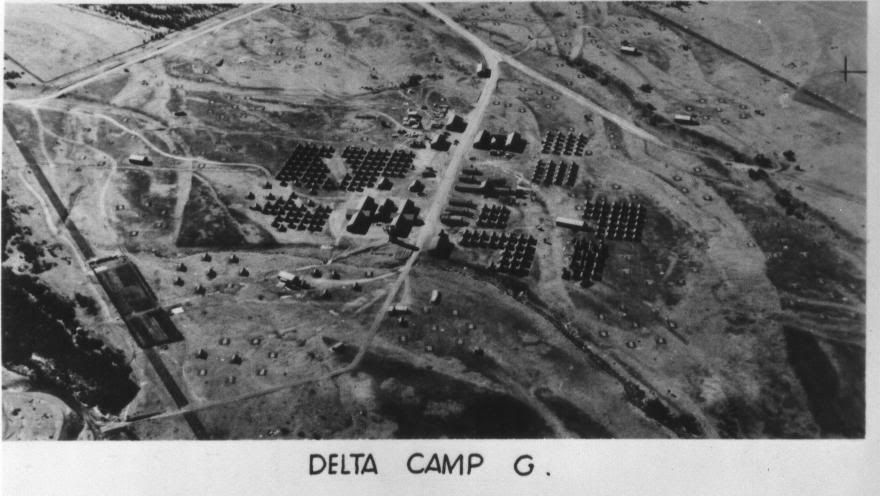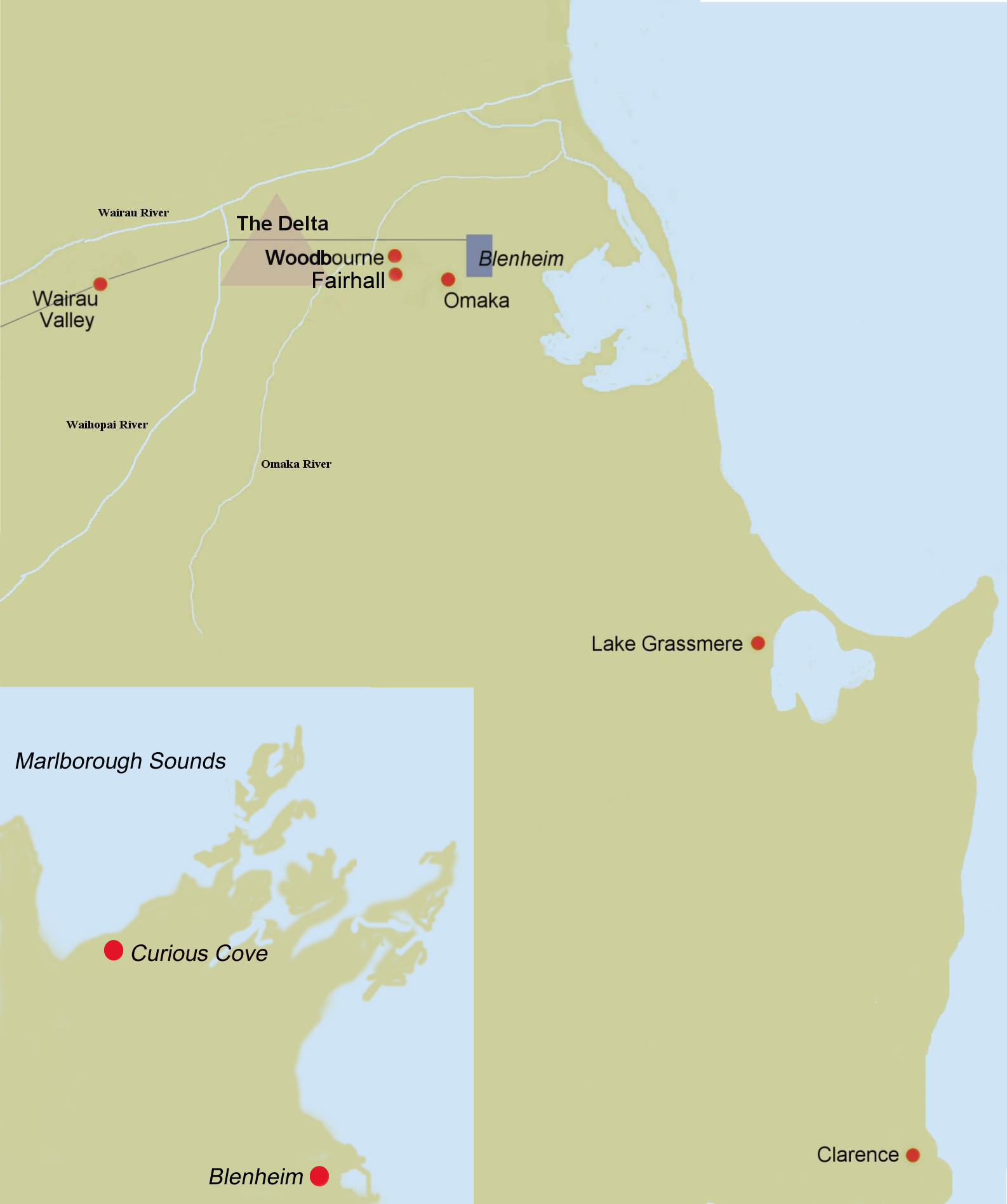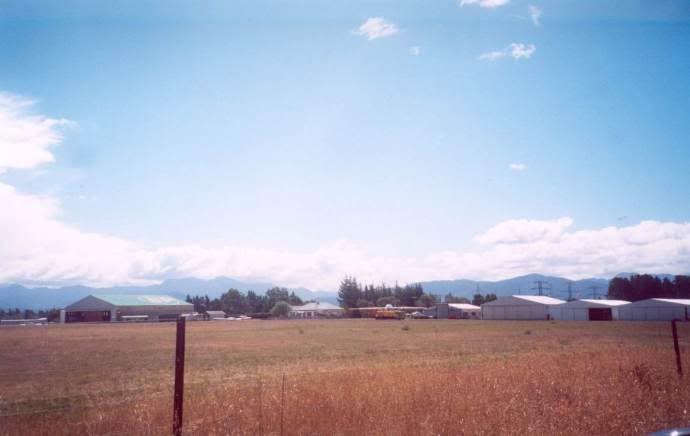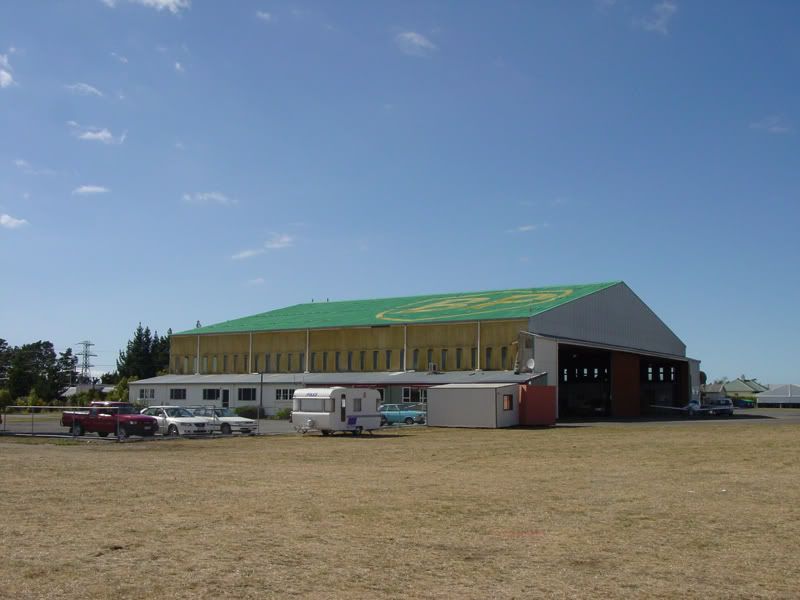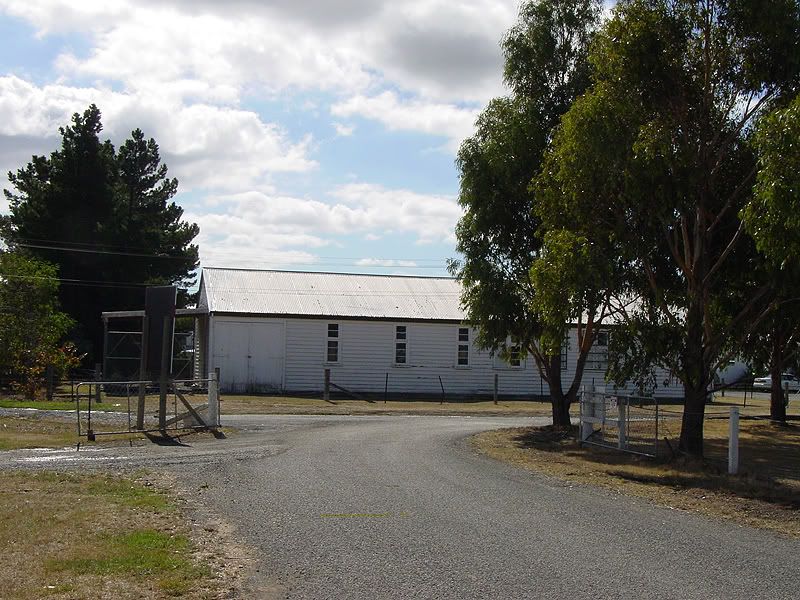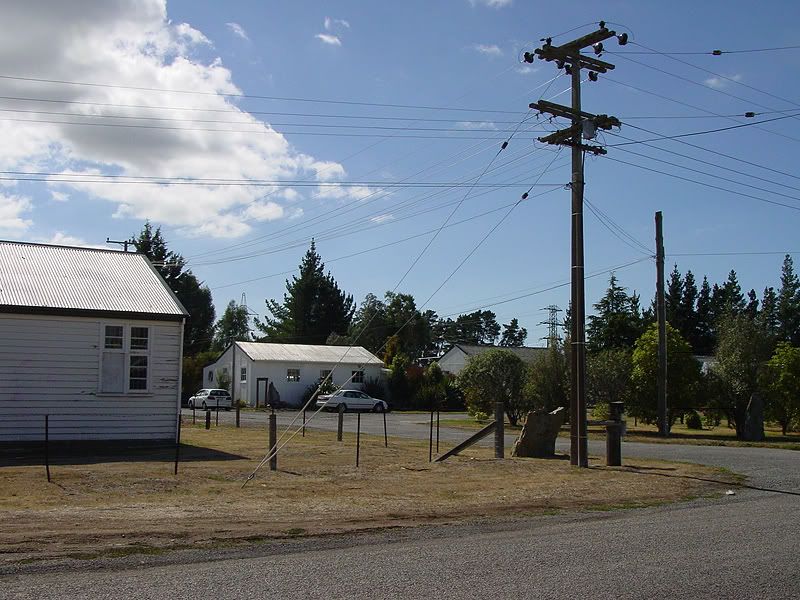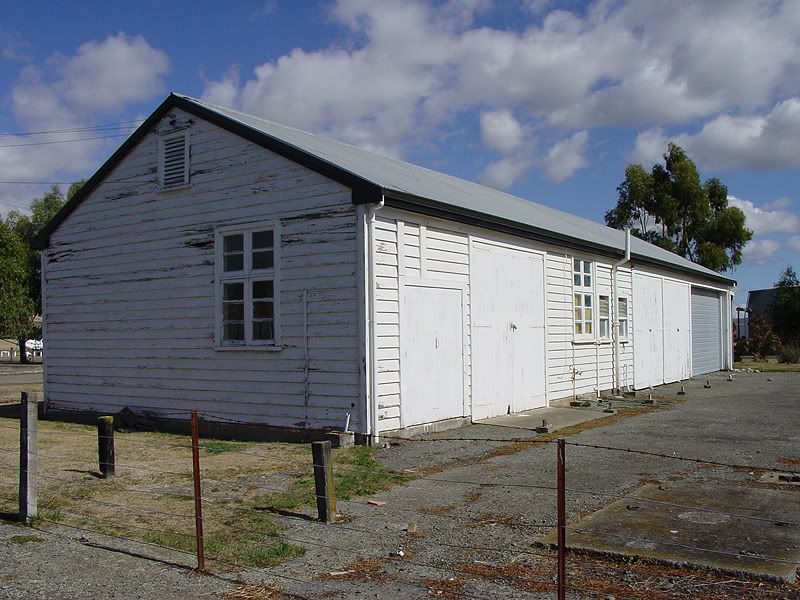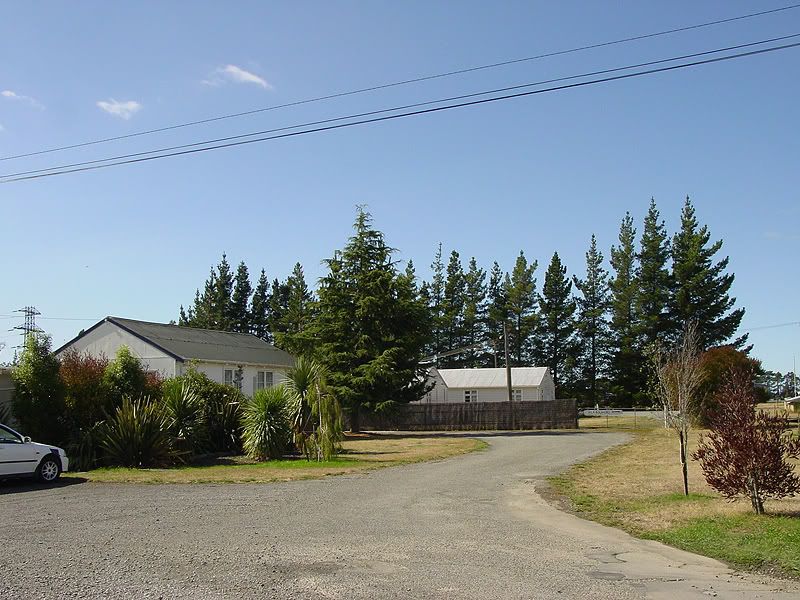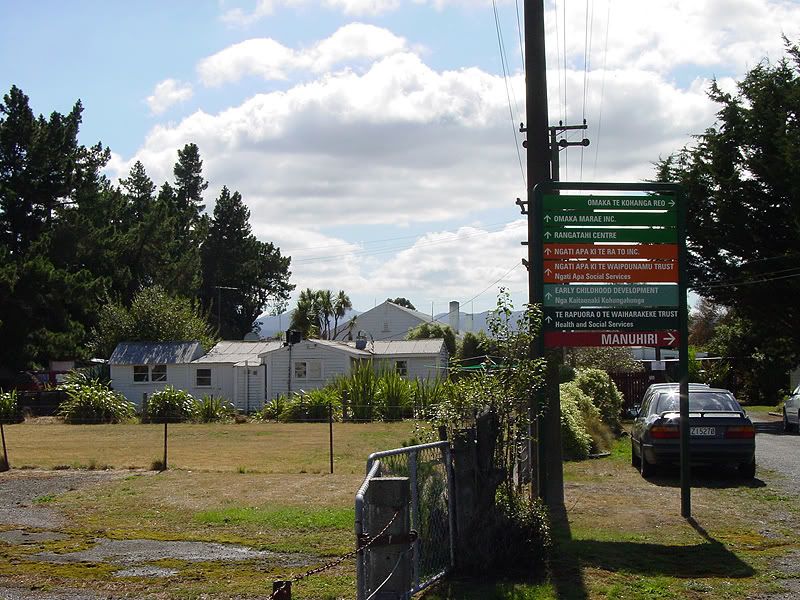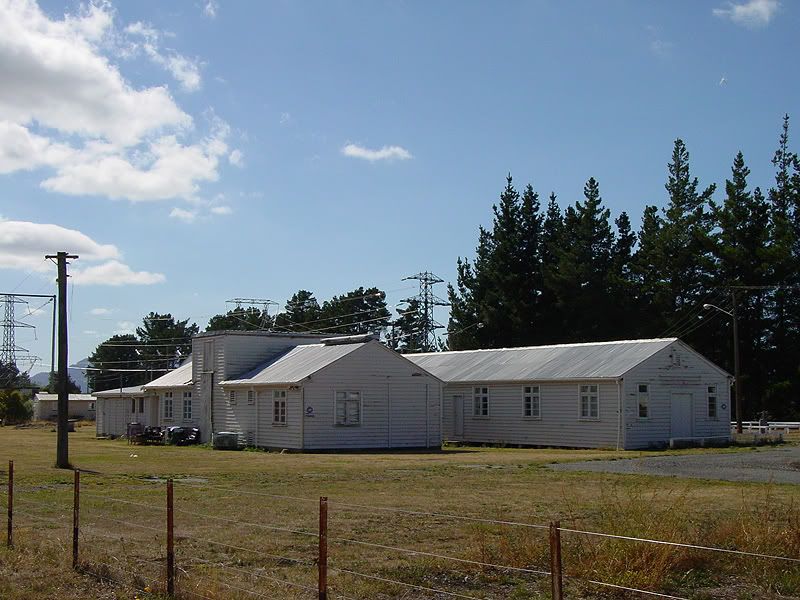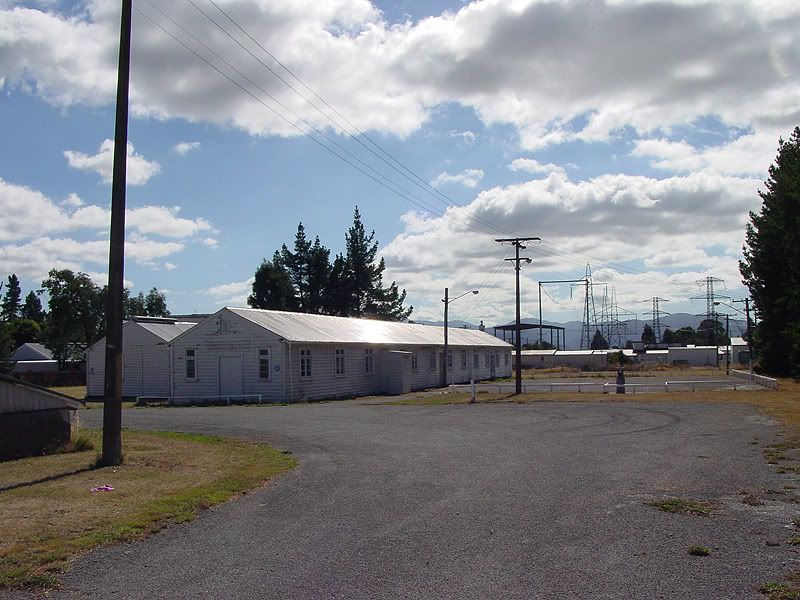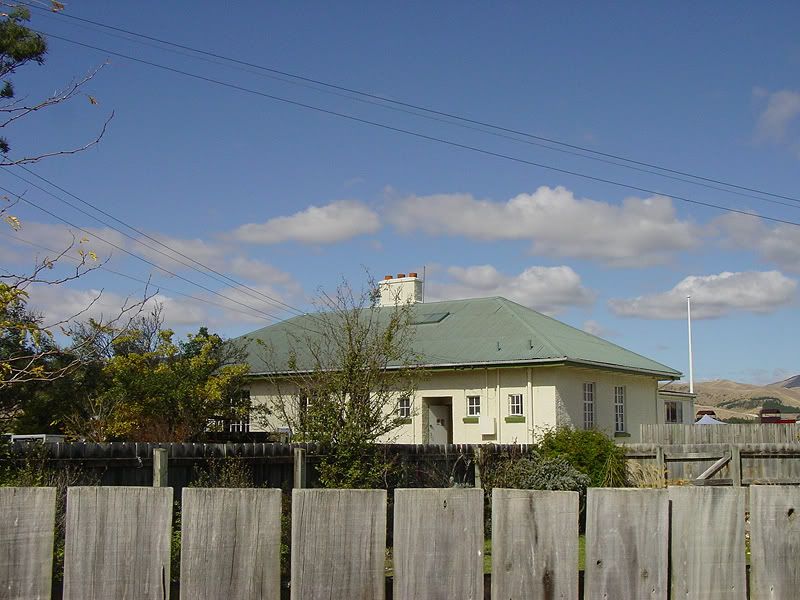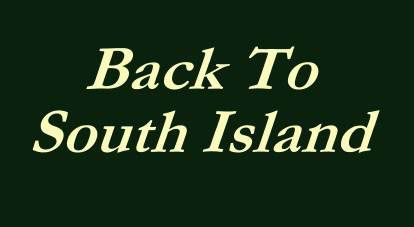
RNZAF ground training station with seven camps with runway making up "The Delta"
Runway - 1000 x 560yds (B Class Airfield) Auxiliary Landing Ground in use for training, and also an Auxiliary Operational Base
Meaning of Station Name - RNZAF Station Delta sat on land that was in between the delta of the Wairau, Omaka and Waihopai rivers

Royal New Zealand Air Force

West of Blenheim, just west of Renwick on State Highway 6 (note: Renwick was then known as Renwicktown)

RNZAF Station Delta, or "The Delta" as it was known, was a collection of seven RNZAF camps, established over an area at the delta point where the Wairau and Waihopai Rivers meet on one side, and the Omaka river passes on the other. The site had been chosen by and developed under the guidance of Flying Officer Arthur Bradshaw, of the Aerodrome Services Branch of Air Headquarters. It included a runway and several camps where new airmen would undergo initial training.
The Delta was by no means the most popular of stations to be posted to, mainly due to the poor standard of food dished up to airmen there, and the primitive living conditions. It was damp and cold in winter, and seemingly remote. However many men were to pass through the Delta on their way to bigger and better things.
The Delta became a centralised point for several pre-flying training schools which moved in from other stations. There were seven camps at the Delta, each with a specific purpose.
RNZAF Station Delta's Seven Camps
Ashford Camp – This was the RNZAF Hospital and WAAF Wing
Bedford Camp – The RNZAF Medical section [decompression chamber]
Cheshire Camp – Initial training & recreation
Dorset Camp – Aircrew candidates at Elementary Ground Training School
Evesham Camp – Headquarters Wing & RNZAF Stores
Fareham Camp – Elementary Training Wing [and Gunnery training]
Guernsey Camp – Senior Training prior Wings Course. Also an RNZAF Dental School

RNZAF Station Delta opened in June 1943. The Delta camps had apparently initially been built for the Army but transferred to the RNZAF at this time. I have yet to see any evidence of the New Zealand Army using the site before the RNZAF moved in, and as the land was selected by an RNZAF Officer for RNZAF usage, I wonder if this information was correct.

Most of Delta closed in October 1944 when RNZAF intakes had slowed down to a much lesser level than earlier in the war

As there were seven schools and several units, this gets a little confusing:
Overall “Station Masters” who commanded the entire complex were:
Squadron Leader McGregor-Turnbull - from the 7th of June 1943 till 3rd of November 1943
Wing Commander FA Swoffer MBE - 3rd of November 1943 till ?
Wing Commander SL Gilkison
Wing Commander Ian E Rawnsley MBE
CO “Ashford Wing”
(Opened 24 Oct 43 – Closed 01 Dec 44)
Sister KS Williams commanded the RNZAF Hospital for the whole period
CO “Bedford Wing”
(Opened 01 Jul 43 – Closed Sep 44)
Not listed. Bedford seemed to house a number of “medical units”, so could have also come under the command of Sister KS Williams
CO “Cheshire Wing”
(Opened 01 Jul 43 – Closed Sep 44)
Flying Officer WR Caton - from the 1st of July 1943 till November 1943
Wing Commander EG Gedge MC - from November 1943 till April 1944
Squadron leader A. George DFC DFM - from April 1944 till June 1944
Flying Officer J. Baker - from June 1944 till ?
Squadron Leader WB Cowan DFC – from ? till Cheshire Wing closed (Sep 44)
CO “Dorset Wing”
(Opened Sep 43 – Closed 26 Apr 44)
Officer Commanding Elementary Ground Training School
Squadron Leader Sidney Wiltshire GC from September 1943 till January 1944
Squadron Leader A. George - from January 1944 till closure of 26th of April 1944
CO “Evesham Wing”
(Opened Aug 43 – Closed 31 Jan 45)
Squadron Leader McGregor-Turnbull - from August 1943 till 1st of May 1944
Squadron Leader C Weinstein - from 1st of May 1944 till ?
Squadron Leader LW Garrard - from ? till Evesham Wing closed 31st of January 1945
CO “Fareham Wing”
(Opened 16 Oct 43 – Closed 11 Nov 44)
Squadron Leader Clare
Squadron Leader WB Cowan DFC
Squadron Leader J Joll DFC DFM - from September 1944 till ?
Squadron Leader HH Blackwell
CO “Guernsey Wing”
(Opened Feb 44 – Closed 16 Dec 44)
Wing Commander VGH Gee RAF - in early February 1944
Squadron Leader JT Davison GM - from 15th of February 1944 till September 1944
Squadron Leader J Joll DFC DFM - from September 1944 till ?
Squadron Leader MD Nairn – from ? till Guernsey wing closed on 16th of December 1944

Today I guess this land reverted to farm land at the end of the war, and is probably still a farm or vineyards today. Can anyone please confirm what's at the site now?
It is interesting to note that the Base Institute (ie the hall) at RNZAF Station Woodbourne was in recent years renamed the Delta Lounge, paying homage to the former wartime neighbouring station.

GTD (standing for Ground Training Depot?)
Established at the Delta in late 1943. Closed October 1944. Within the structure of the GTD were the Elementary Ground Training Squadron an the Advanced Ground Training Squadron
Initial Training Wing
The Initial Training Wing moved to The Delta from RNZAF Station Rotorua in February 1944 and the grouping of all pre-flying training was then completed. When the Delta was closed in October 1944, the ITW was moved down to RNZAF Station Taieri.
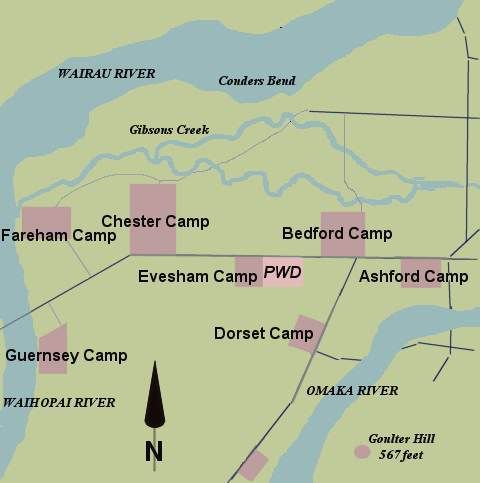
Above: This map created by Dave Homewood is based on an old map kindly supplied by John Skeen. The village of Renwick, then known as Renwicktown, would be just right of the map.
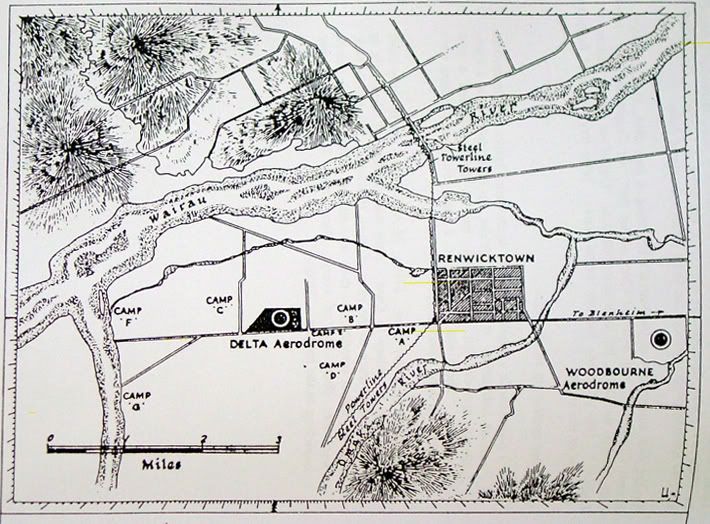
Above: A map I have photographed from the book Tiger Country Volume II, by Ramon K. Trollope, of the Delta which was reproduced from the 1946 publication Air Pilot, Department of Civil Aviation. It shows the area a little better than my map.
Aerial Photos - RNZAF Station Delta Camps
Warrant Officer Sean Strang, RNZAF, has kindly supplied the following photographs of three of the Delta Camps from the air.
Delta Camp C
Cheshire
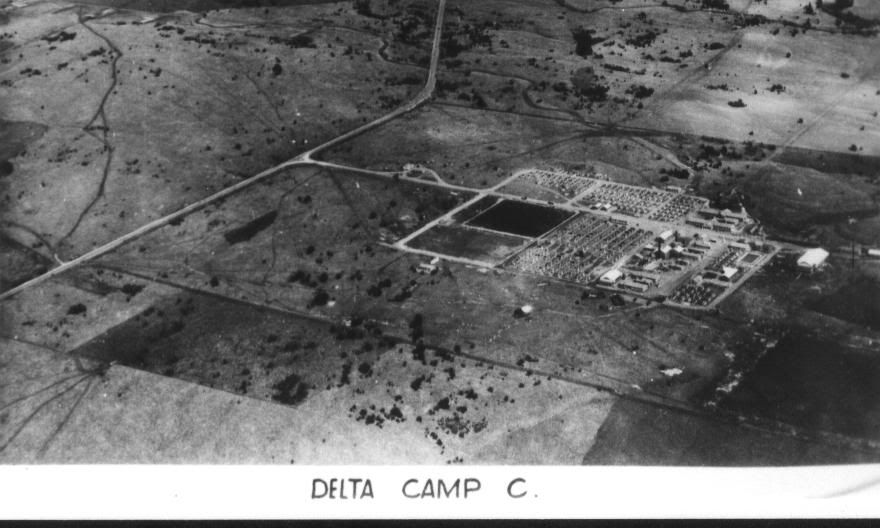
Delta Camp D
Dorset
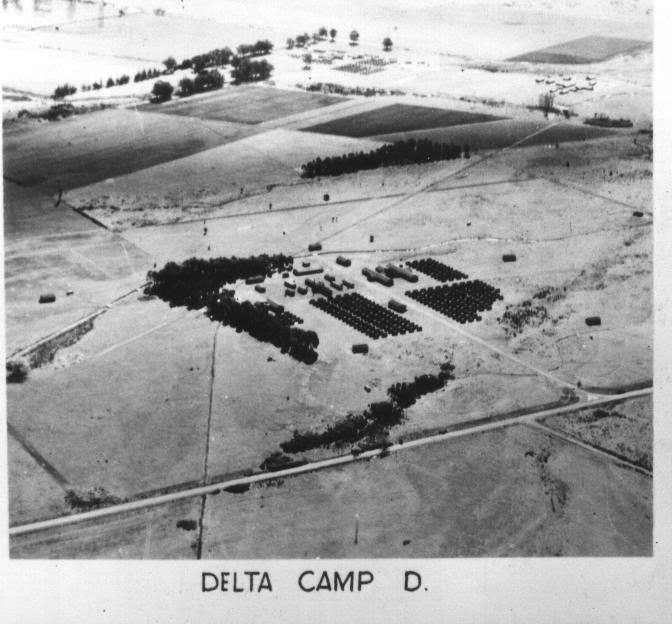
Delta Camp G
Guernsey
